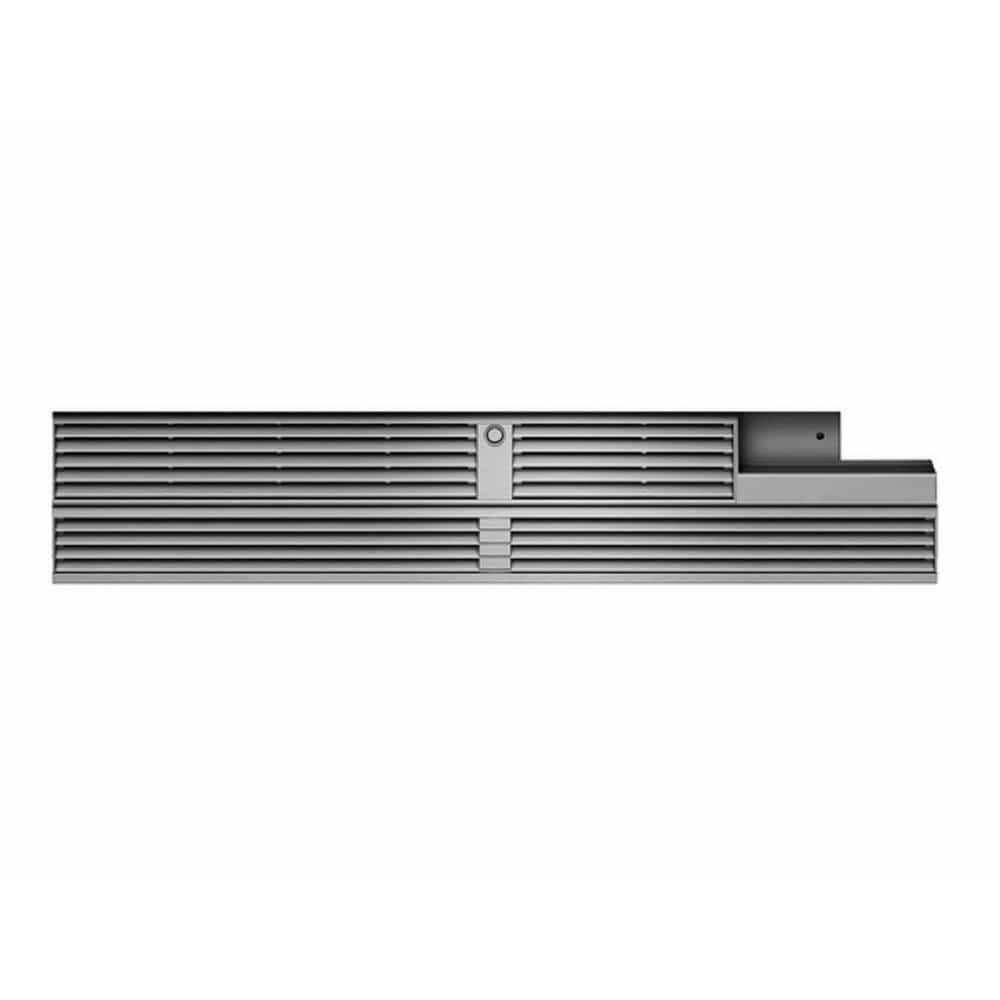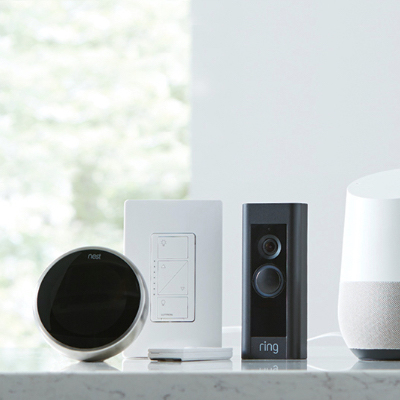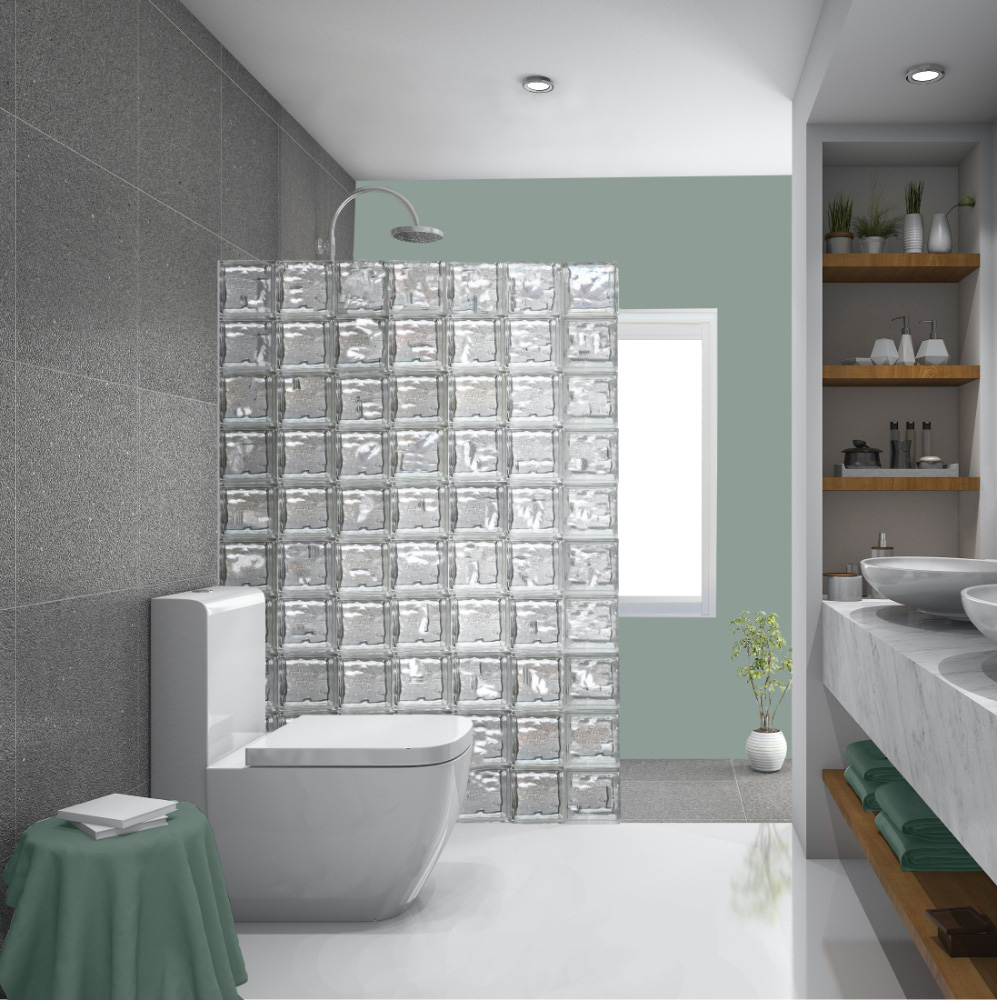Reducing Apartment Turnover
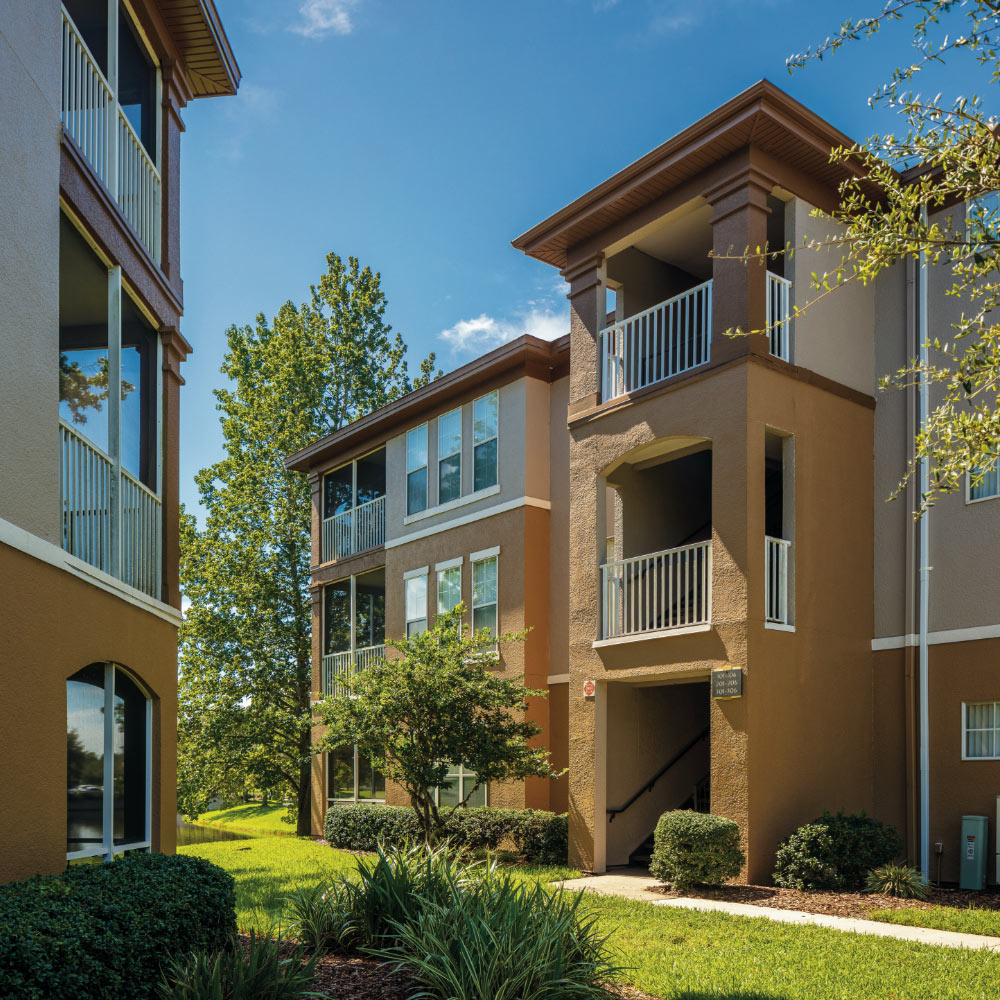
Last updated August 12, 2024
The longer an apartment sits vacant, the more potential revenue can be lost by a multifamily property. Apartment turnover is the time between one resident moving out of a unit and a new one moving in.
This guide reviews steps to save money during turn season, turn apartments faster and increase resident retention.
Table of Contents
Costs of Apartment Turnover
Maintenance and Upgrades to Improve Retention
Encourage Residential Renewals
Apartment Turnover Checklist
More Tools. More Products. More Perks.
Costs of Apartment Turnover

Reducing apartment turnover improves the earnings of a rental property. Retaining residents decreases unit vacancies, ensures consistent rental income and reduces the expenses of preparing the unit for new residents.
The less time your maintenance team spends turning apartments, the more time they can invest in other areas of the property.
Costs of apartment turnover include:
- Loss of income per unit
- Utilities costs for the unit
- Marketing expenses for attracting new residents
- Maintenance and repairs
- Upgrades and replacements
To estimate the cost of apartment turn, consider the property’s average rent, maintenance expenses and how long it takes to acquire a new resident.
For example, a complex with 200 units renting at $900 a month, an occupancy rate of 90% and a better-than-average turnover rate of 35% can lose $56,700 of potential income a year, plus incidental costs.
Maintenance and Upgrades to Improve Retention
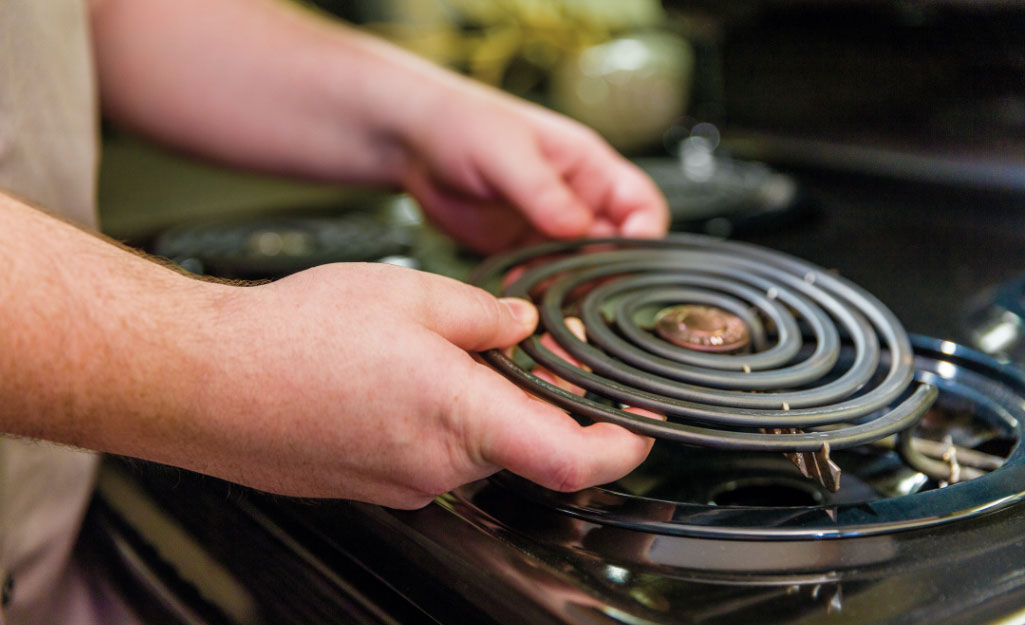
Preventative maintenance and upgrades can encourage resident retention, reducing turn. Improve your building’s appearance with a community-focused maintenance plan. Effective maintenance steps include the following:
- Ensure the building’s common areas are kept clean and free of litter.
- Apply fresh coats of paint to reduce signs of wear.
- Keep air filters up to date to improve indoor air quality and extend the lives of your HVACs and PTACs.
- Promptly make repairs as needed.
Apartments with high-tech features can be more attractive to current and future residents, especially at an aging property. Consider the following upgrades:
- Replace aging equipment and invest in smart appliances.
- Switch to energy-efficient LED lighting.
- Upgrade outdoor lighting to increase safety and improve nighttime curb appeal.
- Improve the building’s security technology.
Pro Tip: Enhance your landscaping with fresh flowers or water features during turn season to impress potential residents.
Encourage Residential Renewals
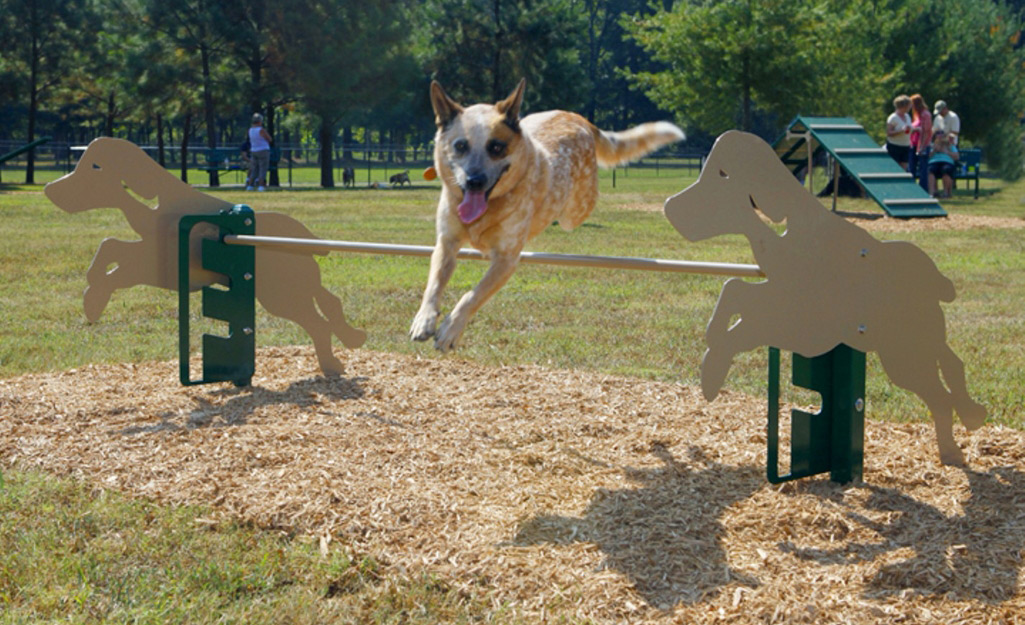
Maintaining positive relations with residents can be the strongest way to encourage retention. Poor relations can encourage residents to move out, while good relations with open communications can make a resident feel more at home.
- Address maintenance issues quickly and be proactive. If a lobby light bulb is failing, replace it before it burns out.
- Maintain prompt and clear communications with residents. Treat residents fairly and be friendly while respecting their privacy.
- Make sure the building provides the amenities they want, such as high-speed internet, when possible.
- Encourage the best residents to renew their lease agreements early, as much as 90 days before the lease expiration date.
- Give residents incentives to renew their lease. Lease renewal perks can include low-cost remodeling upgrades, such as fresh paint, carpet cleaning or new bathroom fixtures.
- Offer property amenities for pet owners where possible. A small dog park or commercial pet waste stations can go a long way toward making a property pet-friendly.
Apartment Turnover Checklist
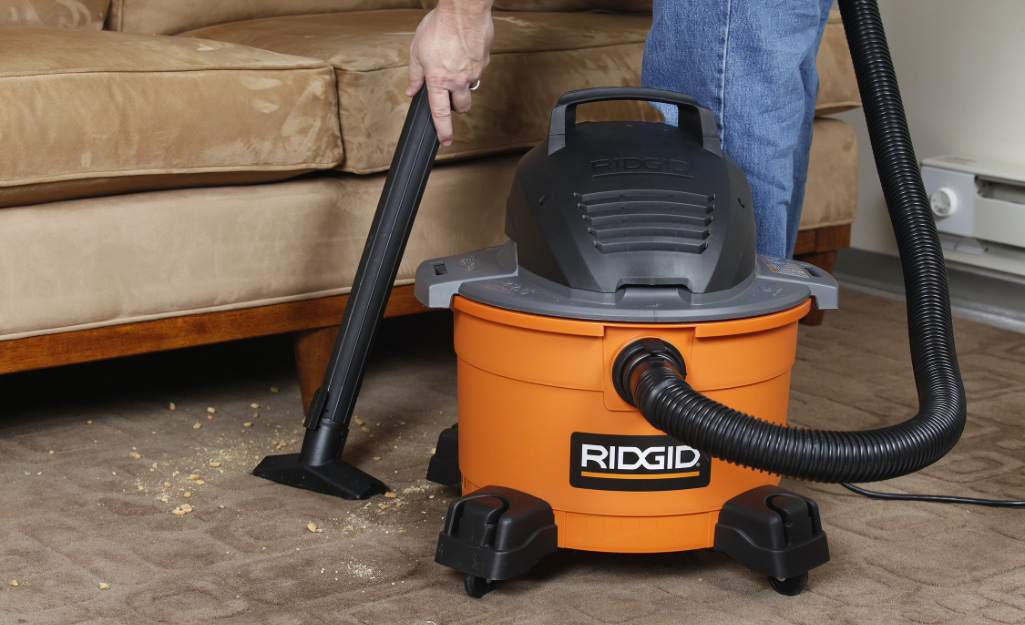
Turnover gives apartment managers the opportunity to make units look like new. Follow these essential steps for turnover cleaning and preparation.
Conduct an apartment walkthrough inspection with the departing resident to identify any damage. If you made a move-in inspection when the resident arrived, determine whether any apartment deterioration qualifies as normal wear and tear or damage. If you don’t have a move-in/move-out checklist, download our rental inspection checklist.
Get rid of any of the former residents’ remaining property.
Make all necessary repairs. Create an apartment make-ready checklist that lists common repairs such as correcting wobbly ceiling fans and replacing damaged window screens.
Clean the apartment thoroughly.
Apply fresh coats of paint and patch the walls.
Clean or replace the carpet as needed, especially in high traffic areas.
Change the locks and make spare keys for new residents.
Determining how long turnover can take depends on the previous renters’ length of occupancy and the condition of the apartment. The longer the occupancy, the more cleaning and repairs are likely to be needed. Depending on the necessary tasks, turnover can take less than 24 hours or more than one week.
Make the turn as efficient as possible by identifying all work needed to the unit during the final walkthrough. Schedule any major repairs as soon as possible and delay all cleaning until maintenance work is complete.
More Tools. More Products. More Perks.
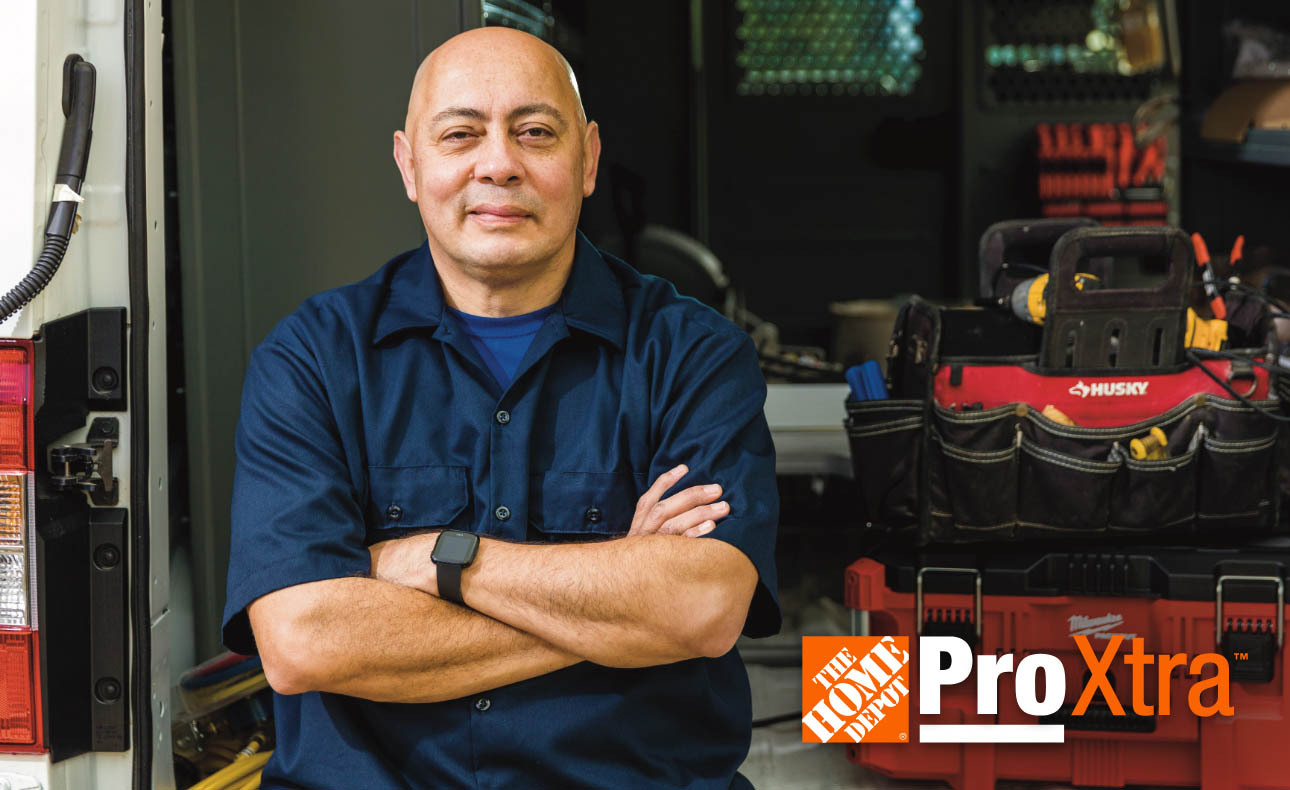
Be more competitive and boost your bottom line with Pro Xtra, The Home Depot’s loyalty program built for Pros. Sign up today to access the enhanced Pro Online Experience, built with the online business tools and time-saving features Pros need.
Reducing apartment turnover maximizes the income of a rental property. Retaining residents decreases unit vacancies, ensures consistent rental income and can reduce the expenses of preparing the unit for rent.
Save up to 20% on paints, stains and primers with Pro Xtra Paint Rewards. Pro Xtra members get free delivery on orders of 24 gallons or more, member savings in stores and online, as well as paint reps available to support business needs.
















